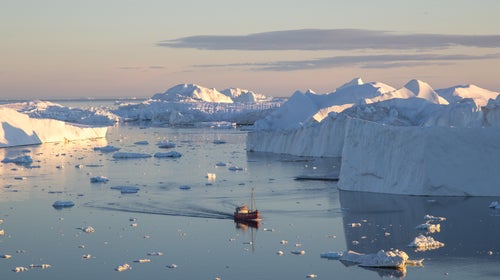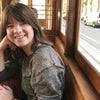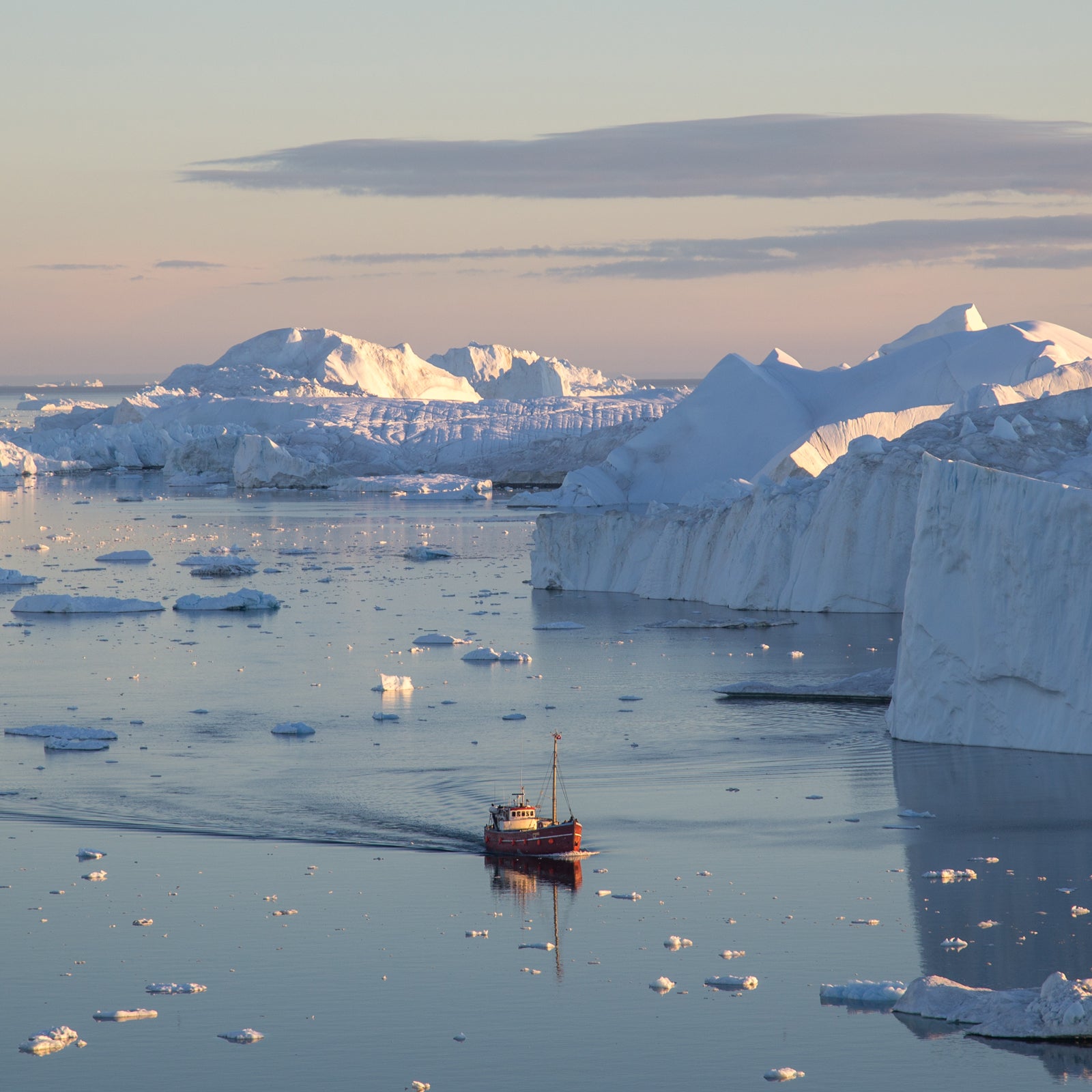I’d never endorse reading three books at the same time, but if you really wanted to do it, I would confidently suggest the following three. These new fiction releases are oddly compatible tales of gritty heroines on long-haul journeys in a natural world on the brink of destruction. Where these bleak stories diverge is on the matter of redemption. Each book places the relationship between humans and earth at its center, with different takes on just how screwed we are—in one, healthy wilderness is the last safe place to live; in another, we’ve almost totally destroyed it; in the third, it’s just becoming clear that nature is in danger. You won’t find a totally happy ending in the bunch, but rather three different messages about how we let the destruction of the environment get this bad, the sacrifices required to turn things around, and the consequences of not doing enough. Each story brings a naturalist’s eye to the Anthropocene; all together they provide a compelling, apocalyptic, and occasionally hopeful reflection on everything we stand to lose.
‘The New Wilderness,’ by Diane Cook
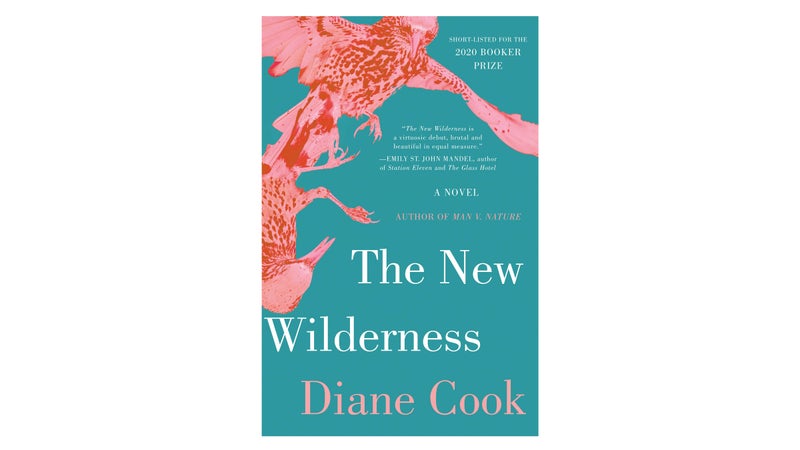
In this novel, Cook’s first, things are looking pretty bad in civilization—though we never see it, we just hear about its polluted and overpopulated state from people who have been allowed to escape. The novel is told from the perspectives of former home designer Bea and her young daughter, Agnes, who are among the few selected to live an experimentally nomadic life in one of the world’s last natural places, known as the Wilderness State. Their group lives in a constant limbo that would challenge any Outside reader’s escapist dreams. While they’re utterly free and without help (there are lots of grisly deaths), they’re subject to frequent drop-ins from rangers who chastise them for camping in one place too long and fine them for any garbage left behind. Leave No Trace has never felt so stifling!
Cook, a former producer of This American Life, has a talent for writing darkly humorous dialogue and imagining how our communication styles would change while scratching out a terrifying new life with the same handful of strangers for years. (There’s a lot more growling and snarling.) Agnes in particular is an endearingly baffling presence, having grown up mostly in the Wilderness State. Seeing a new group arrive from the city, with all their toes intact, shiny hair, “fat and delicious-looking,” Agnes drools—maybe with envy, maybe because they so appetizingly resemble healthy livestock in her world of jerky and morning mush. Her viewpoint provides the book’s moral compass: at a critical moment, Agnes sees that “what people had taken for strength and leadership in her mother might just have been desperation, a manic instinct to survive. She didn’t know if there was a difference. Shouldn’t there be?” While the Wilderness saves Agnes’s community from life in the city with limited resources and strange respiratory illnesses, it’s also an unfeeling backdrop to some unsettling questions about how we help each other in dire circumstances.
‘Ruthie Fear,’ by Maxim Loskutoff
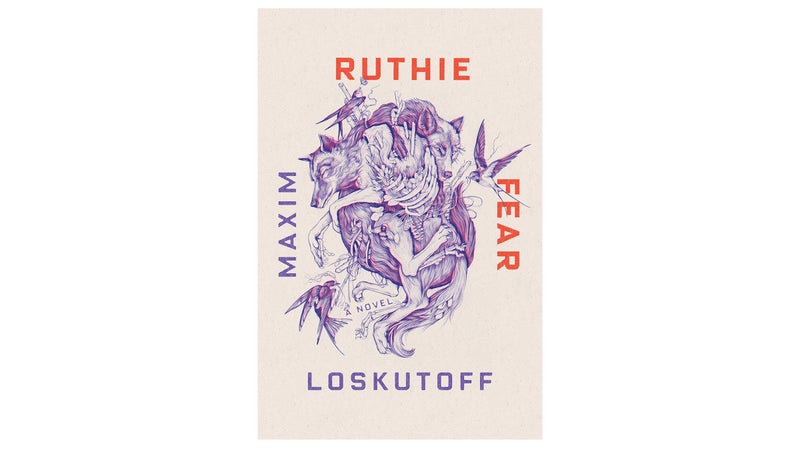
Ruthie Fear contains about 20 of the most bizarre and terrifying pages I have read all year, and the rest of the pages are very much worth reading, too. The protagonist, Ruthie Fear, lives with her father, Rutherford, in Montana’s Bitterroot Valley—a real place marked by a fictional billboard reading “Jesus Christ Is the Lord of This Valley” on its north end and a fictional taxidermy school on its south end. “Between these risen corpses,” Loskutoff writes, “some 30,000 souls lived.” Rutherford mostly makes a living hunting and cleaning off animal skulls with the help of a colony of dermestid beetles. Ruthie’s life isn’t cushy, and it’s made all the more difficult by quite a few men as she grows up, but her worldview is fierce and imaginative. The novel sometimes veers into the realm of magical realism: Ruthie has a vision of a flying, skeleton-like creature while out hunting with her dad, while Rutherford tells his daughter stories of elk the size of school buses. “You hunt them with rocket launchers,” he says. “If you miss, they’ll skewer you on their antlers and toss you out into space.” The novel is bookended by those brief but unsettling pages involving a headless creature that emerges from the canyon near Ruthie’s home, and that’s all I’ll say about that.
Often surprisingly silly, and more often visceral and grim, Ruthie Fear is, at its core, about changes that may feel familiar to many mountain towns, like environmental decline and growing inequality. At one point, Ruthie’s best friend complains about “these ‘best small town in America’ reporters” who lure people from as far as Boston to their community—sound familiar? These totally recognizable details characterize the book just as much as its surreal images. And Ruthie’s perspective grounds even the weirdest moments. During one strange encounter in the canyon near her father’s house, she thinks, “Perhaps all her visions had meant to tell her only one thing: You are not the center. There is more here than you can see.” Anyone searching for meaning in a chaotic world (whether or not that involves headless creatures) can find something relatable there.
‘Migrations,’ by Charlotte McConaghy
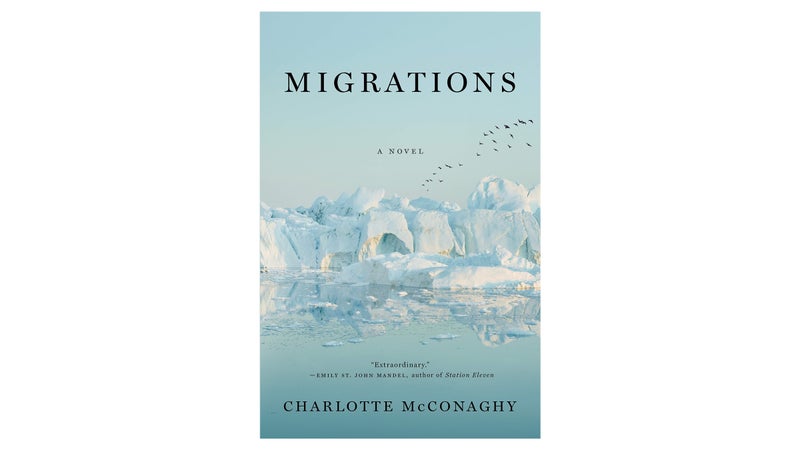
Migrations transports us to some majestic wilderness settings: first nesting grounds in the Arctic Circle, then the middle of the ocean. Our heroine, Franny Stone, lives in a world that seems just like our own, even up until this line early in the book: “Nobody needs to be told of the extinction of the animals; for years now we’ve been watching news bulletins about habitat destruction and species after species being declared first endangered and then officially extinct.” Except in this novel, it’s almost all of the animals—monkeys, apes, big cats, bears, and wolves—that are disappearing. Franny talks her way onto the ship Saghani and heads south, along with a colorful crew and a troubled captain, both parties in search of their own rare animal. The crew wants one last big catch in an overfished world; ornithologist Franny wants to follow the last migration of the Arctic tern, and believes that doing so will also help lead the crew to that rare last stash of fish.
The book flits between Franny’s troubled past and desperate present, making sure to remind us often of just how much she has in common with the precious birds she’s after. “If I were capable of staying any place, it might be here,” Franny says at one point. “But the birds won’t stay, and neither will I.” For a story that’s mostly about birds we rarely even see, there are more than enough twists and high-seas escapades to keep the momentum going. And while the novel is built around the end of the natural world, it ends up being as much about human salvation and individual responsibility in the face of uncontrollable global change. Many reviewers have noted that Migrations appears to be a reimagining of Moby Dick but (fortunately or unfortunately, depending on your tastes) without all the long asides sharing fun facts about the animal in question. Still, McConaghy brings verve and a sense of adventure to an otherwise depressing tale of a doomed dream. See? Moby Dick!
